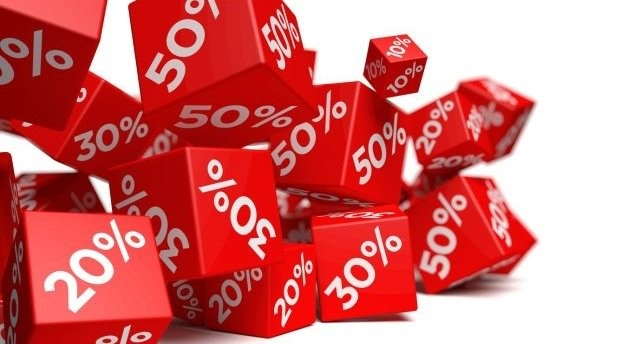The clarity of having a personalized index crystallized all the steps needed. It was a matter of hours to create a list of our own regular purchases with specific quantities of each that we consumed in a month. My list ended up with around 100 products covering staples, personal hygiene, household cleaning, cosmetics, fruits-and-vegetables and packaged food. This looked like a fairly good list to begin tracking.
The next step was to find a source for each of these products to get regular prices from. A few trials on sites we regularly use showed that no single site was adequate to cover the 100 odd products in my list. But there was one (which shall remain unnamed to keep my scripts going!) which could give me prices for 80 products. That looked like a very viable option.
The easy part next – a script to pick up prices for those 80 products every day early in the morning. A few tweaks to make sure we get the data correctly and can handle the errors that can get thrown and the tool was ready to get going.
The first day when I collected a full set of data for the 80 products was a special day, in more days than one. Feb 29th, the Leap Day made for a perfect reference point. The total price of the basket became my Index.
Leap Day 2020, 29TH FEBRUARY 2020
The cost of my basket of 80 goods, at their respective quantities, on Leap Day 2020 was ₹15,928.23. The first Real Price Index.
This became the benchmark for measuring the change every day.
Not every product price could be picked up every day. Either due to availability issues, or more likely due to the website rejecting our crawl request. The index calculation evolved to use the most recent available price, if the day’s price was unavailable. A freshness parameter was associated with an index to indicate how current it was. A few missing prices wouldn’t really invalidate the index.
The final piece was in putting together a front-end to view this data. realpi.tanksali.com was born.



